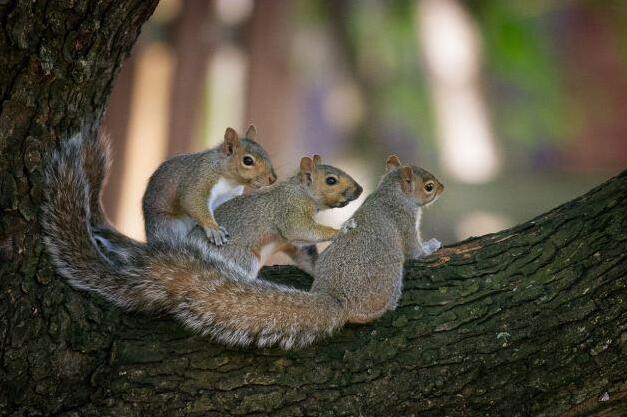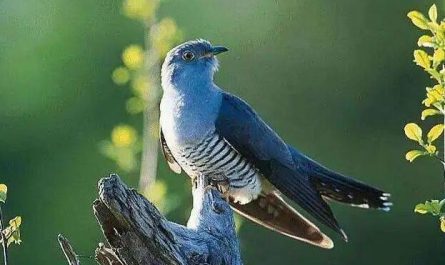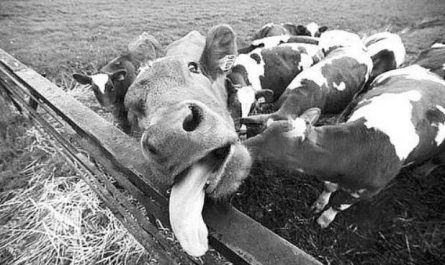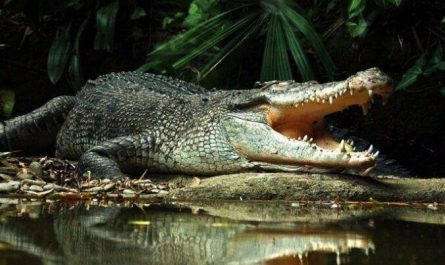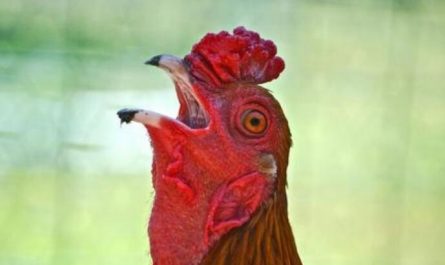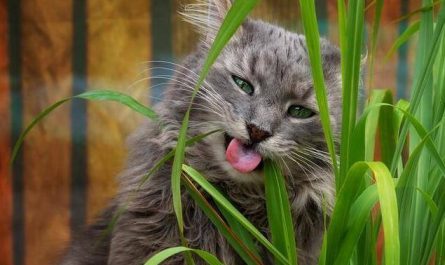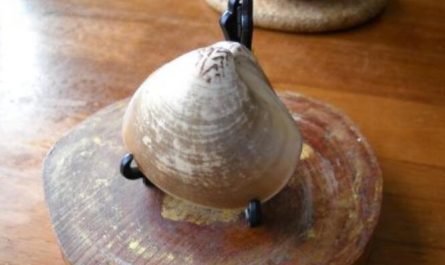Why squirrels are not afraid of snakes
Squirrels can catch snakes and are immune to poisonous snakes. Squirrels are the general term for the genus Mongoose of the civet family. Squirrels are natural enemies of snakes. They not only have the ability to fight snakes, but also have resistance to venom.
The general name of the genus Meerkats of the civet family are animals with long bodies, long tails and short limbs. They mainly eat snakes, but also hunt frogs, fish, birds, mice, crabs, lizards, insects and other small mammals. Mongooses are natural enemies of venomous snakes. They not only have the ability to fight snakes, but they also have resistance to venom. A total of 14 species, distributed in tropical and temperate regions of the Old World, Asia and Africa, there are many species, Africa is concentrated in more than half of the mongoose species, there are only 9 species of mongoose on the island of Madagascar in the Western Republic of Malaga. Some African mongooses, such as the fine-tailed mongoose (mongoose) Suricata suricata, are among the most social mammals in Africa. Fine-tailed mongooses are vigilant by nature, and there are often “sentinels” in the group who stand up to be vigilant. The members of the civet family are usually agile. Some of the mongooses are small, but they can defeat vipers with agility. They are the most famous snake-eaters. Some civets are among the most agile carnivores on the tree. Civets and mongooses are the only representatives of the carnivorous order on the island of Madagascar. There are 8 species in total, placed in 3 unique subfamilies, and occupy multiple ecological niches on the island.
The most characteristic image of squirrels is their long hairy tail. Squirrels are generally small and herbivorous. Their food is mainly seeds and nuts. Some species feed on insects and vegetables, and some tropical species even prey. Insects migrate.
According to related studies, when a rattlesnake approaches the squirrel’s nest, adult squirrels can use the rattlesnake’s ability to sense heat to send a “welcome to the enemy” signal to the snake to protect the young squirrel. In the experiment, the scientists put squirrels and rattlesnakes captured from the wild into cages, and used infrared cameras to film the whole process of rattlesnakes trying to attack the squirrels. When the rattlesnake moves towards the squirrel, the squirrel will erect its tail and swing it back and forth. Infrared photography showed that the temperature of its tail increased from time to time.
Life habits of squirrels
Squirrels have extremely long ears and tail hairs that can adapt to tree life; they use hook-like claws and tails to hang upside down from branches. At dawn and evening, they will leave the trees and hunt on the ground. After squirrels find abundant food in autumn, they will use tree holes or dig holes in the ground to store fruits and other food, and at the same time block the holes with soil or fallen leaves.
Squirrels are generally herbivorous. Their food is mainly seeds and nuts. They also eat fruits such as cherries. Some species will eat insects, and some tropical species will migrate in order to prey on insects and even snatch tit chicklings away.
Squirrels usually estrus in spring and summer, and the estrus period lasts about two weeks. The age-appropriate period for squirrels to breed is 8-9 weeks old for females and 9-10 weeks old for males.
The squirrel’s pregnancy time is about 35-40 days, and it can give birth to about 3 babies per year, and 4 to 6 babies each time. Newborn squirrels are very small and can’t see anything. They use maternal milk as the source of all their nutritional needs. Squirrels develop very slowly, opening their eyes almost 30 days after giving birth. It was only one and a half months before the little squirrel was willing to go outside for activities.
Squirrels mainly feed on foods rich in carbohydrates, protein and fat, which may be an important reason why they sleep for about 14 hours a day. In addition to squirrels, golden hamsters and ferrets basically sleep for this long every day. The former sleep in caves during the day, avoiding predators. Although they sleep for a long time, they are extremely active when they are awake. They sleep almost twice as long as our humans.
The squirrel’s red fur in summer will change to black-gray winter fur to cover the whole body tightly in autumn. Newborn squirrels are hairless and have unidentified eyes. They start to grow hair only 8 days after birth. After 30 days, they open their eyes and can eat stiff fruits in 45 days. They become very agile. Squirrels are little guys who are very gentle to their owners, and we must treat them tenderly, so that it will die at you and will never hurt you with its teeth.
Of course, they will gently chew your fingers with their teeth, play with you, and it will feel very itchy, which is a sign of its friendliness to you.
Squirrels build nests on dense branches, or use the abandoned nests of crows and magpies, and sometimes make nests in tree holes; in addition to eating wild fruits, they also eat twigs, young shoots, leaves, insects and bird eggs. When autumn arrives, squirrels begin to store food. A squirrel often stores several kilograms of food in several places. Sometimes squirrels are seen drying their food on trees to prevent them from becoming moldy.
Squirrels are very capable of giving birth to children. Like other rodents, they have the characteristics of early maturity and rapid reproduction. Between January and February of each year, male and female squirrels begin to talk about love. The male rat swings his thick tail and jumps on the canopy to chase the female rat. At this time, the female rat is also excited and enthusiastic. The estrus period lasts approximately two weeks, during which the male and female are almost inseparable. Female mice give birth to cubs at 35-40 days of gestation. Generally, they give birth to two babies per year, and occasionally three babies.
Female rats born in the first year can give birth to 3-6 cubs per litter, and 5-10 cubs per litter after the second year. Newborn cubs are smooth and hairless, with red body and closed eyes. They weigh 7 to 8.5 grams, have a body length of 5.6 cm and a tail length of 2.4 cm. The pups begin to become sexually mature 8 to 9 months after birth, which means they can mate and reproduce in the second year.
Squirrels like to be vegetarian and occasionally eat meat. Its vegetarian food mainly consists of dried fruits and seeds of red pine, spruce, fir, larch, mongolica, hazelnut, and acorn; meat food mainly consists of insects, larvae, ant eggs and other small animals. Squirrels have other options when food is not available. Eat tree buds in spring, and berries such as mushrooms, trays, and bilberries in summer. In autumn, you will have a lot of food. You can eat and drink. You can eat whatever you want, but the most delicious thing is red pine nuts. When it comes to picking pine seeds, squirrels are good at it. No matter how high the trees are or where the cones grow, squirrels can eat them all. The specific process is: it first bites the mature cones to the ground, and then comes down from the tree. Like primates, it uses the forefoot to peel off the cone scales, crush the seed coat, remove the seeds, and feed on the pine nuts. What’s interesting is that squirrels don’t easily put down their food when they are frightened, but run away with cones in their mouths.
Food habits of snakes
Snakes mainly use their mouths to hunt. Non-venomous snakes generally rely on sharp teeth in their upper and lower jaws to bite their prey, and then quickly use their bodies to entangle the living prey or press it into a relatively slender body before swallowing.
Snakes have a strong appetite and a large appetite. They usually bite to death before swallowing. The mouth can change with the size of the food. When encountering larger foods, the lower jaw shortens and widens, becoming a film that tightly wraps the food. Snakes often start from the head of the animal, and swallow birds from the top of the head. In this way, the beak of the bird bends toward the neck of the bird and will not hurt the snake’s mouth or esophagus. The swallowing speed is related to the size of the food. A mouse can swallow it in 5-6 minutes, while a larger bird takes 15-18 minutes. The snake’s teeth cannot crush food. The snake’s digestive system, such as the pharynx, and the corresponding muscle system have great expansion and contraction capabilities.
Snakes have a very powerful digestive system. Some of them start to digest as they swallow, and they will spit out their bones. Snakes have to crawl on the ground and use their belly to rub against uneven ground. The venom of a poisonous snake is actually the digestive juice of a snake. Some carnivorous snakes have a strong digestive capacity and dissolve the body of the bitten animal, so they exhibit “toxicity”.
Snakes digest food very slowly. It takes 5-6 days to complete the digestion after each meal, but the peak of digestion is usually 22-50 hours after eating. If you eat a lot, it will take longer to digest. The digestion speed of snakes is related to the external temperature. Skoczylas (1970) observed that the digestion of swimming snakes stopped completely at 5℃, and the digestion was still very slow at 15℃. The digestion process lasted about 6 days. At 25℃, the digestion Just speed up.
The number of foraging snakes varies with snake species and size. Generally, during the peak of summer foraging activities, especially during the spawning and breeding period, once a day or every other day. Snakes with a slightly larger body usually eat once every 3 days to a week due to their larger foraging.
